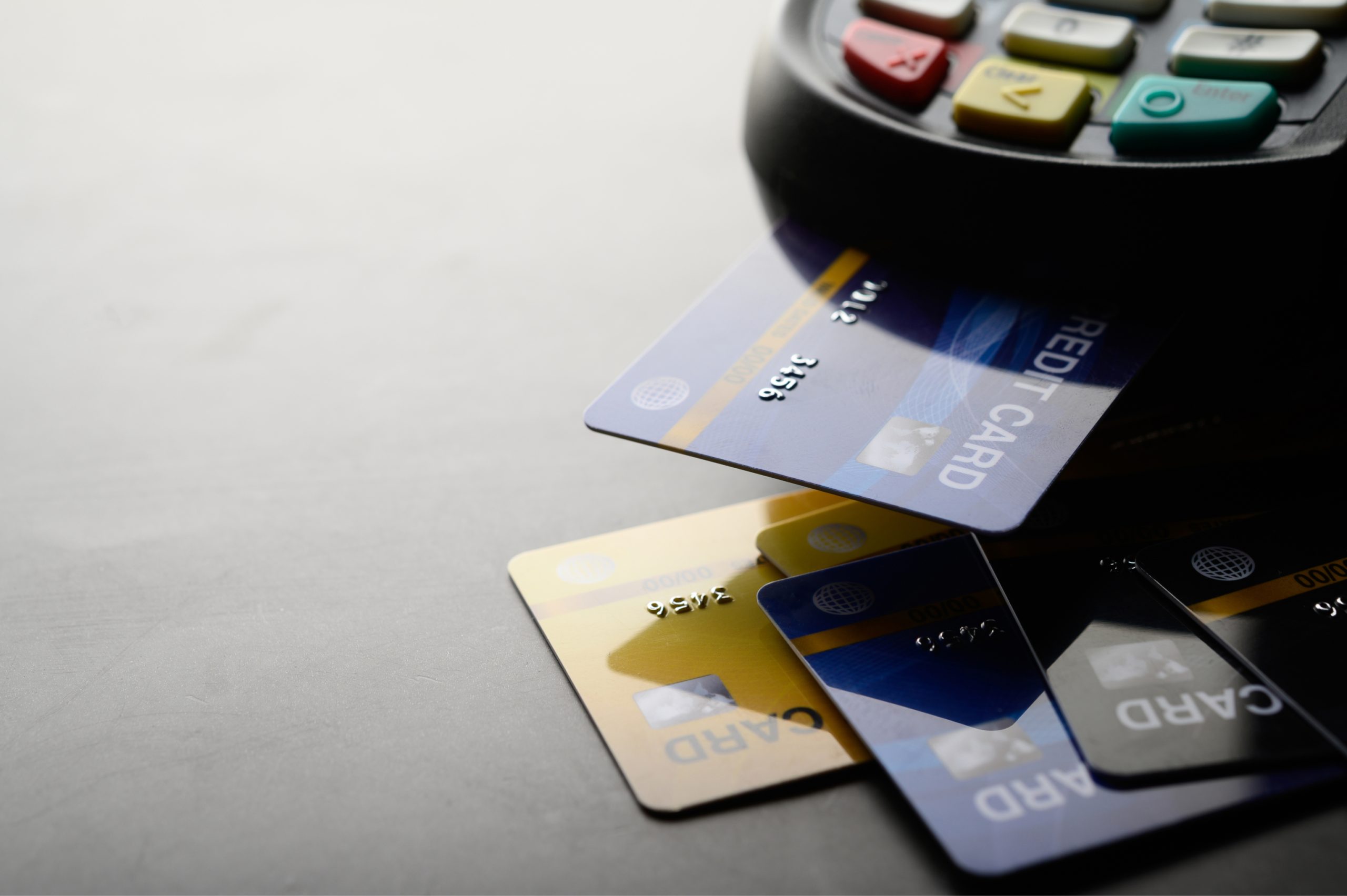Today’s merchants must understand how payment processing works and have the ability to accept multiple forms of payment if they’re going to run a successful business. While customers once preferred to pay with cash or personal checks, the advent of online ecommerce and the ready availability of credit have driven more people to rely upon credit and debit cards. Just a decade ago, it was still common to find businesses that would not accept credit card payments, but today even an artist at a local arts and crafts festival can easily take credit cards thanks to improved merchant portal technology.
What is Payment Processing?
Part of this change is due to the growth of the payment processing industry. A payment processor is a company that facilitates transactions by communicating information between the customer’s bank or credit card company and the merchant’s bank. When a customer presents a form of payment, the payment processing company’s merchant portal facilitates the transaction by verifying the customer’s financial data, screening out potential fraud, and then transferring the money from the customer’s financial institution to the merchant’s bank account. When properly implemented, the process takes only a few seconds to complete, helping businesses to receive their revenue quickly and easily. Merchants turn to payment processors because they offer an “all-in-one” solution for their payment needs. Rather than setting up multiple systems to facilitate payments from multiple financial institutions, they can use a single payment processing portal to connect to all of them. In some cases, particularly when it comes to businesses operating in industries labeled as high risk, payment processors offer much more flexible terms than traditional banks or credit card companies.
Types of Payment Processing
There are a few commonly-used forms of payment processing, each one of them facilitating a different payment option.
Credit Card Processing
Credit cards are usually issued by either banks or credit card associations. When a customer makes a purchase using the card, the merchant must perform a credit check to ensure that the issuer will cover the cost of the transaction and then bill the customer. A series of anti-fraud checks must be performed as well before the funds are released. Although this process is complicated, it can be completed very quickly using sophisticated payment portal technology. Credit card issuers typically charge a processing fee called an interchange, which most payment processors pass on to merchants. Some payment processing companies also charge merchants a markup fee in addition to the interchange.
Debit Card Processing
For many customers, paying with a debit card is much more convenient than using a credit card because they don’t have to worry about the transaction being approved so long as they have funds in their bank account. Debit card transactions are easier and faster to process for merchants because the customer’s bank doesn’t have to issue a credit to facilitate the purchase. The customer either has the money available or they don’t. Many debit cards can also function as credit cards, however, so the distinction between the two can sometimes be a little vague if the customer does not clearly indicate which one they want to use. The decision can make a substantial difference, however, as debit card processing fees tend to be significantly lower than credit card processing fees.
eCheck Processing
Physical checks may not be as commonplace as they once were, but they are still a viable form of payment for most merchants. A business can easily accept a check without the use of payment processing, of course, provided they don’t mind making a trip to the bank to sign and deposit the check into their account. In addition to being a hassle, this approach also leaves open the risk of the check being lost or rejected for insufficient funds. With eCheck processing, the merchant can quickly scan the check information and send an electronic copy of it to the bank. If sufficient funds are available, the transaction is approved immediately, which allows the merchant to be paid much faster.
How Payment Processing Works in 5 Easy Steps
The actual mechanics behind how payment processing works may be complex, but with the right technology solutions in place, the steps involved are actually quite simple.
1. Set up a merchant account with a payment processing company.
A payment processing partner like Transcend Pay begins the process by issuing a merchant account, which uses a merchant gateway portal to connect the point of sale to both the customer’s credit issuer or bank and the merchant’s bank. While Transcend Pay doesn’t use them, many processors require any high-risk business to maintain a reserve or pay higher fees to protect themselves from potential fraud or chargebacks.
2. The customer presents payment.
Whether in-person or online, the customer pays for goods or services by presenting a credit card, debit card, or check. Obviously, in the case of cash, no processing is necessary.
3. Financial information is encrypted and transmitted for authorization.
All details of the transaction, including the credit/debit card number, scanned eCheck, and sale amount, are encrypted within the merchant gateway and transmitted to the credit card issuer or bank for authorization. This process takes only a few seconds and is used to guard against fraud.
4. The sale is approved or declined.
Once the transaction details reach the credit card issuer or bank, the sale will either be approved or declined. If the credit card issuer suspects fraudulent activity or is unwilling to credit the purchase, it will refuse to release the funds. The process is typically easier for banks, which will simply verify that the requested funds are available.
5. Funds are released to the merchant.
Once the credit card issuer or bank authorizes the transaction, money is released and sent to the merchant’s bank through the merchant gateway. This process can sometimes take up to a few days, but once the money is transferred, it can be freely accessed by the merchant.
Get Paid Faster with Transcend Pay
As an all-in-one payment processing solution, Transcend Pay’s merchant gateway technology helps both low-risk and high-risk merchants get paid faster and easier than ever. Our dynamic network of financial partners allow us to distribute risk more effectively and provide payment processing services with minimal transaction fees and no burdensome reserve or escrow requirements. Whether you’re using our end-to-end gateway solution, integrating your existing payment portal into our network through our robust API, or installing the innovative Tpay solution directly onto your website, our technology-driven solutions can help you transcend your competitors. Contact our team today to learn more about how Transcend Pay can unlock your revenue potential.











